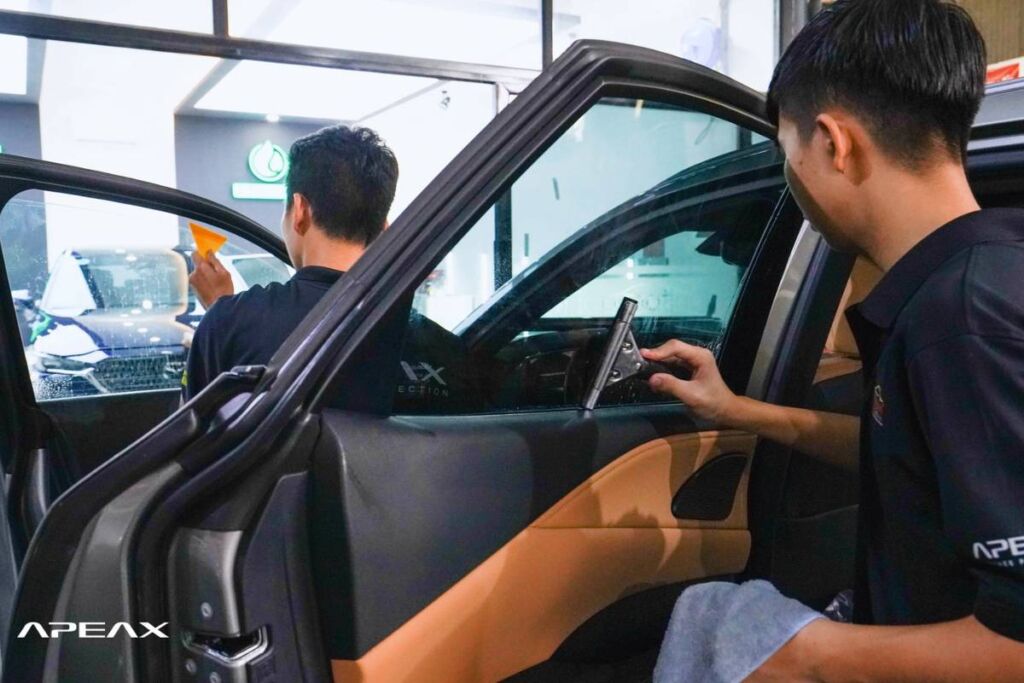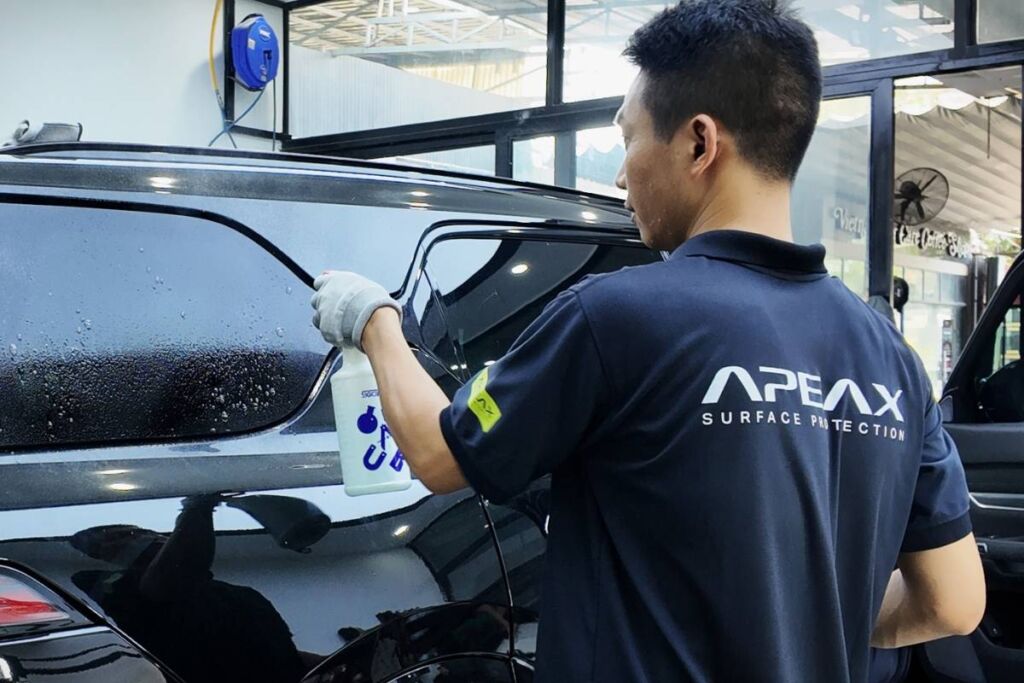Window tinting is a popular upgrade for many vehicle owners, offering benefits such as heat reduction, UV protection, and enhanced privacy. However, one common concern that many drivers have is whether tinted windows affect their ability to drive at night.
The idea of tinted windows potentially obstructing vision during low-light conditions can be worrying, especially for those who frequently drive after dark. In this blog, we’ll address common concerns and explain why Apeax Window Tint is designed to enhance your driving experience—day or night.
Understanding window tint
Before we discuss the specifics of night driving, it’s important to understand window tint and how it works. Window tint is typically a thin film of polyester applied to the inside of your car’s windows. This film is treated with dyes, metals, or a combination of both to block ultraviolet (UV) rays and reduce heat, glare, and visibility from the outside.
The effectiveness of a window tint is measured in terms of its visible light transmission (VLT). The VLT percentage indicates how much light is able to pass through the tint. For example, a window with a 50% VLT allows half of the visible light to pass through, while a window with a 5% VLT allows only 5% of the light to pass through, making it much darker.
Common concerns about window tint and night driving

While tinted windows offer a range of benefits during the day, some common myths and worries arise regarding nighttime visibility and safety. Let’s address these concerns and clarify the truth behind them.
Reduced visibility at night
One of the biggest concerns drivers have is whether window tint will make it difficult to see at night. While darker tints can limit visibility in extremely low-light conditions, high-quality films like Apeax Window Tint are engineered to maintain clear visibility. Apeax tints use advanced nano-ceramic and carbon technology to reduce glare and enhance contrast, making it easier to see at night rather than harder.
Glare from oncoming headlights
Driving at night often means dealing with glare from other vehicles’ headlights. Bright LED and HID lights can cause discomfort and temporary blindness. Apeax Window Tint helps to minimize this glare, reducing eye strain and making night driving safer and more comfortable.
Legal tint limits and safety
Every state has specific regulations on how dark window tint can be. Apeax Window Tint offers various shades that comply with local laws while still providing protection and visibility. Choosing the right tint percentage ensures that your night driving experience remains safe and legal.
Difficulty seeing traffic signs and pedestrians
Poor-quality tints can distort visibility, making it harder to see important details like road signs, pedestrians, and lane markings at night. Apeax Window Tint, however, is designed with optical clarity in mind, ensuring that your vision remains sharp even in dim lighting conditions.
How Apeax Window Tint enhances night driving
Here’s how Apex window tint can make a difference when you’re driving after dark.
Advanced optical clarity
Unlike traditional dyed films that can cause haziness, Apeax Window Tint is made with high-quality materials that maintain a clear view both day and night. The advanced nano-ceramic technology reduces reflections and enhances contrast, making nighttime visibility sharper.
Balanced tint shades
Apeax offers different tint levels, allowing you to choose a shade that balances privacy, glare reduction, and visibility. Opting for a legal and moderate tint level ensures that you enjoy the benefits without compromising safety.
Glare reduction without over-darkening
One of the standout features of Apeax Window Tint is its ability to reduce glare without excessively darkening the glass. This means your eyes won’t struggle to adjust when driving through areas with varying light levels.
Enhanced contrast in low-light conditions
Some tints make it harder to see details in the dark, but Apeax Window Tint is designed to improve contrast. This makes it easier to distinguish objects on the road, such as lane markers, animals, and pedestrians, even in low-light settings.

Read more:
Can you install Apeax Xtreme PPF and window tint together? What you need to know
The Benefits of Distributing Apeax PPF and Tint in the Middle East
Why Now is the Perfect Time to Become a Global Distributor for Apeax PPF & Tint
Ceramic window tint vs. Carbon window tint: Which is worth the cost?
Are tinted windows bad for night driving? See how Apex Window Tint can help
If you’ve been concerned about how window tint affects your ability to drive at night, Apex Window Tint provides a solution that enhances your visibility instead of hindering it. With the right shade and high-quality materials, you can enjoy the benefits of reduced glare and increased privacy without compromising safety during nighttime driving.
Searching for the best “window tinting near me”? Let the experts at Apeax help you find the ideal window tint for your vehicle. For more information and to schedule an appointment, check out our website at https://apeax.com/ or feel free to email us at [email protected].


